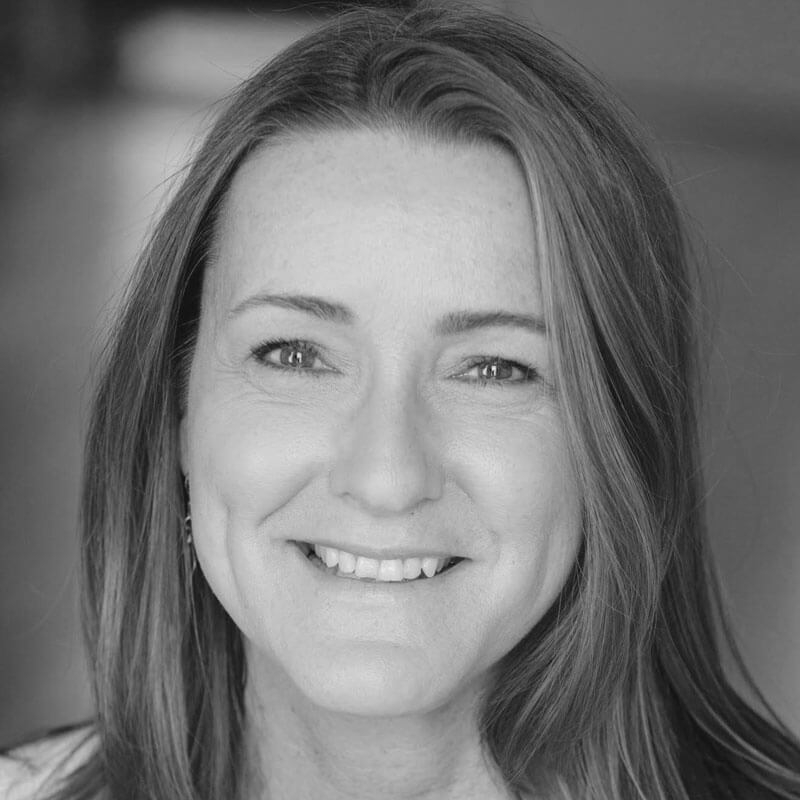Here’s the simple but powerful 4-question framework to reflect on difficult situations with a new lens.
After asking a few questions, I learned that this team member does many things well and the team relies on his strengths of asking strategic questions and his productive energy.
He had apologized to her and completed the task that was overdue. She wasn’t sure why he dropped the ball but she still felt frustrated and wondered if she could trust him.
As the team leader, she was trying to figure out how to hold him accountable while also helping him develop into a leader who will positively impact the broader team culture. But instead of finding answers, she was fixated on the negative impact of this particular situation and found herself placing judgment on her team member. Have you been there?
This feeling is common and can happen to any of us. However, if we mindfully shift our frame and assume the positive intent of others, we can often find opportunities and key insights we might otherwise miss.
Here’s the simple but powerful 4-question framework I took her through to reflect on this situation with a new lens. You can also use this framework when you encounter challenges on your team.
Ask:
1. What went well? And how can we affirm/celebrate it?
Many high-performers struggle to acknowledge and celebrate their wins as they are continually focused on their perceived areas for improvement. Research suggests that taking the time to acknowledge and celebrate our strengths, successes, achievements, and growth actually helps us to create more of it.
Related to this team example, most of the time this team member is thorough and kind. By apologizing and taking action to fix his error he resolved some of the immediate concerns. That’s what went well in this case.
2. How can we leverage what worked?
If something we did worked well in a particular context, where else might we apply it? In this case, if he did well to apologize to his manager; perhaps he could also apologize to the colleague that he yelled at, working to mend or repair that working relationship also.
3. What could have gone better?
How you ask this question matters. We are looking to identify the parts of the situation that didn’t go very well so we can clearly address those parts.
For the leader I was coaching, she didn’t ask more about why he dropped the ball and grew angry with his colleague. She also went into it with negative intent, feeling like maybe he failed on purpose, or without regret.
For her team member, he missed a deadline and had poor communication with a team member. Acknowledging these failures can help us learn from the situation and repair broken trust in relationships.
4. What could you (or we) try differently next time?
After we’ve laid the groundwork in the preceding questions, we are often able to come at this question with more generative thinking, as was the case in this instance. This is a great continuous improvement (CI) question to ask each of your team and colleagues in order to focus forward on where we could improve in the future.
For the leader, she could have done better by asking more about why he behaved as he did in order to learn more about where he was struggling. She could have assumed positive intent and started with a mindset that he is doing the best he can given his circumstances. And she could offer her support with whatever he is dealing with in order to keep him focused and positive.
For the team member, she could help him think through the scenario to better understand what didn’t go so well and why. As a leader, it is often our role to help our team debrief what’s happening and how to do our best to handle it constructively.
When and how to use this framework
Using these 4 reflection questions on a regular basis can build and maintain trust for a team because we know that we will debrief our challenges or mistakes, not to find blame, but to get to the root causes in order to improve over time. It can help create psychological safety within the culture of your team or organization. It helps us learn from challenges or mistakes and be more supportive of one another on the team. This reflection framework helps us more effectively give and receive feedback on the team and contributes to better teamwork by celebrating what went well and by fixing what’s not working.
This simple and versatile framework can be used in many contexts (e.g., at the end of a day, week, month, quarter, year, following an important business meeting or event, during 1:1s, annual reviews, assessing work and personal relationships, etc.) When used regularly, we can more easily pull ourselves out of a downward spiral of negative and unconstructive thought patterns and better focus our energies on the right strategies to improve the situation.
It also helps us look for feedback that is both positive and constructive, which is crucial to helping ourselves and our teams improve over time. Both giving and receiving feedback is important in the culture of the team. Expect to receive it, and to give it.
Creating a balance in our feedback, both positive and constructive, helps us communicate more effectively. When we only look for “what’s wrong,” that’s usually all we tend to see. Because…you get what you look for. As you teach these four questions to your team, remind them to look for both the positives and for what could be improved.
Up-leveling yourself as a leader
One of the biggest benefits of using this reflection framework with yourself and your team is that you will be modeling good leadership. When your team sees you using it, they will be more inclined to use it too. Most importantly, this simple, but powerful, reflection framework can help individuals and teams become better over time and learn from any experience or event.
How is your leadership style impacting your team’s performance? Take our Peak Performance Assessment to gain insights on the kind of culture you’re fostering. Gain more key insights on upleveling your leadership on our blog.

Michelle Sanford
Executive Leadership Consultant
Are You Leading For Peak Performance?
Take this short assessment to gain insights on the kind of culture you’re fostering, how your leadership is impacting your team’s performance, and if you’re creating a great place to work.
Are you interested in learning how to lead your business through positive change? Click here to schedule an appointment.


